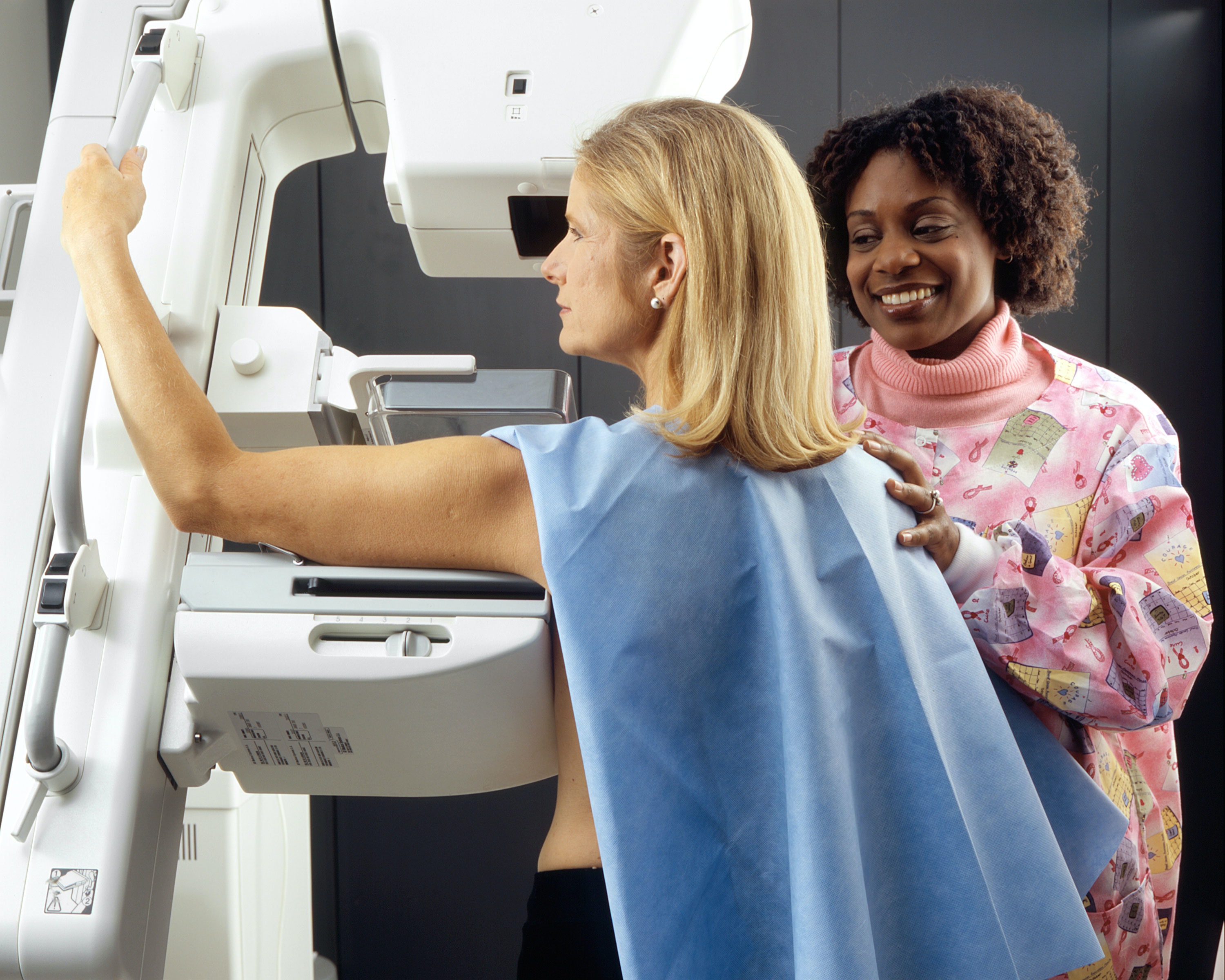Media release
From:
Breast cancer overdiagnosis may not happen as frequently as previously thought
HD video soundbites of the authors and Annals editors discussing the findings are available to download at www.dssimon.com/MM/ACP-mammography-overdiagnosis.
Abstract: https://www.acpjournals.org/doi/10.7326/M21-3577
Editorial: https://www.acpjournals.org/doi/10.7326/M22-0483
URL goes live when the embargo lifts
A modeling study based on data from the Breast Cancer Screening Consortium, the most authoritative data set on breast cancer screening in the U.S., found that previous estimates of breast cancer overdiagnosis may have been overestimated. The new model suggests that overdiagnosis, or the finding of tumors that may never have progressed or caused harm in a woman’s lifetime, occurs in about 15% of screen-detected cancers. The findings are published in Annals of Internal Medicine.
The U.S. Preventive Services Task Force (USPSTF) cites overdiagnosis as one of the chief potential harms associated with mammography screening because of the burden and adverse consequences of unnecessary treatments. Therefore, knowledge about overdiagnosis is critical for supporting shared decision making about screening. However, the risk for breast cancer overdiagnosis in contemporary screening programs remains uncertain, with the most widely cited estimates reaching about 30%.
Researchers from Duke University and the Fred Hutchinson Cancer Research Center studied data from Breast Cancer Surveillance Consortium facilities to estimate the rate of breast cancer overdiagnosis in contemporary mammography practice for a cohort including 35,986 women, 82,677 mammograms, and 718 breast cancer diagnoses. To estimate overdiagnosis, the authors considered a cohort of women whose parameters for disease natural history were given by the best-fitting parameter combinations and who had annual or biennial screening, starting at age 50 years and until age 74 years or death from a cause unrelated to breast cancer, whichever occurred first. They modeled the competing mortality risk on the basis of a published age–cohort model for a 1971 birth cohort. The researchers found that in a program of biennial screening of women aged 50 to 74 years, which corresponds to USPSTF recommendations for average risk women, approximately 1 in 7 screen-detected cases would be overdiagnosed. Increasing the screening interval to annual screening did not seem to affect this number.
An editorial from Massachusetts General Hospital says that these findings may help women who are considering having mammography screening better understand the risk of overdiagnosis. Given that approximately 7 in 1,000 women will be diagnosed with invasive or noninvasive breast cancer on the basis of a screening mammogram, women should be told that approximately 1 in 1,000 women who undergo mammography will be found to have a cancer that would never have caused problems. Assuming that about 60% of the 280,000 cases of breast cancer diagnosed in the United States each year are found through mammography screening, eliminating overdiagnosis could spare 25,000 women the cost and complications of unnecessary treatment.



 International
International



